The Samsung Galaxy Z Fold3 5G is Samsung’s latest contribution to the growing segment of foldable smartphones, featuring a very large (when unfolded) 7.6″ display in addition to a more normally sized 6.2″ cover display on the outside of the device that can be used when the device is folded. The unusual design means that you have several camera options when it comes to selfie shooting. Depending on how the phone is folded you can either use a “pinhole-style” front camera in the cover screen, an under-display camera in the main screen, or the rear main camera, using the cover screen to compose your image.
In our testing, the latter option delivered the overall best results, which is why this review is focused on the main camera’s performance as a selfie shooter. We have also published an additional article that compares the main camera to the other two options and gives you a better idea of what camera to pick in a specific selfie-shooting situation.
Key camera specifications:
- Primary: 12 MP sensor with 1.8µm pixels, lens with 83˚ field of view and f/1.8 aperture, Dual Pixel AF, OIS
- Ultra-wide: 12 MP sensor with 1.2μm sensor, lens with 123˚ field of view and f/2.2 aperture (not tested in Selfie mode)
- Tele: 12 MP sensor with 1.0μm sensor, lens with 45˚ field of view and f/2.4 aperture, PDAF, OIS (not tested in Selfie mode)
- Video: 4K at 30/60fps, 1080p at 30/60fps (4K/30fps tested)
About DXOMARK Selfie tests: For scoring and analysis in our smartphone front camera reviews, DXOMARK engineers capture and evaluate over 1500 test images and more than 2 hours of video both in controlled lab environments and in natural indoor and outdoor scenes, using the camera’s default settings. This article is designed to highlight the most important results of our testing. For more information about the DXOMARK Selfie test protocol, click here.
Test summary
Scoring
Sub-scores and attributes included in the calculations of the global score.
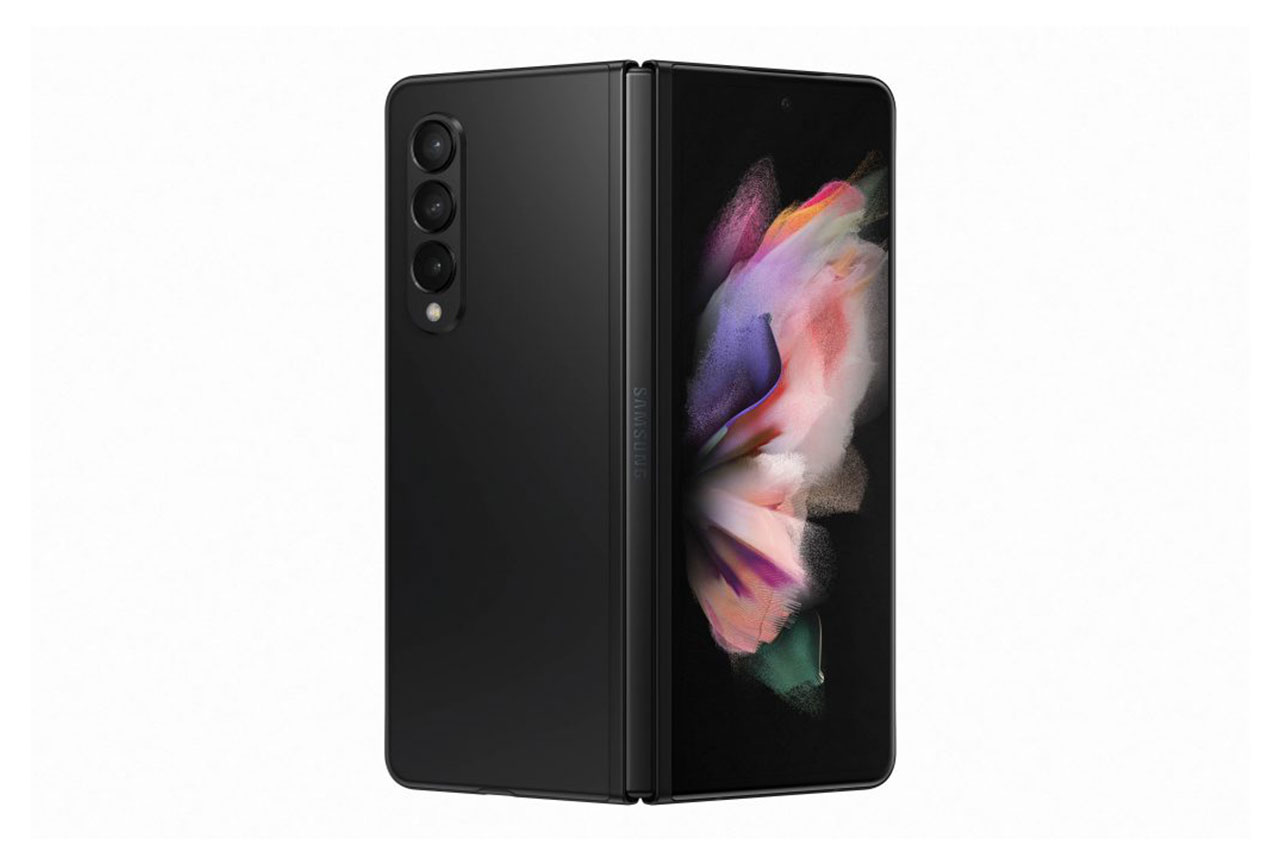
Samsung Galaxy Z Fold3 5G


 93rd
93rd 53rd
53rdPros
- Good detail in photo and video at all selfie distances
- Low noise and wide dynamic range in all conditions
- Accurate white balance under indoor lighting
- Good exposure in bright light and indoor videos
- Accurate white balance and natural color in bright light video
Cons
- Some underexposure on dark skin tones
- Limited depth of field results in out-of-focus faces in group shots
- No flash available for very low light selfies
- Video stabilization causes vibration when device is mounted on a tripod or held still while recording
- Inaccurate white balance and color rendering in low light video
- Video artifacts, including ringing and face oversharpening
With a DXOMARK Selfie score of 98, the Samsung Galaxy Z Fold3 5G secures a mid-table position in the Ultra-Premium segment ranking when using its main camera for selfie shooting. Depending on the specific photographic requirements you have, the Z Fold3 5G’s front camera might be a better option in some situations. For example, with its wider depth of field, it is better suited to group pictures than the main camera, maintaining an acceptable level of detail on faces in all focus planes. The main camera, on the other hand, is the better choice in dim conditions where it is capable of capturing good exposures even in very low light. The autofocus also makes it a better option for shooting with a selfie stick as it can easily adapt to the longer subject distance. Overall, the main camera delivers the best results and highest Selfie score.
The main camera’s strengths in selfie mode are excellent texture, especially in low light, as well as very well-controlled noise levels in photos. The most noticeable area for improvement is the limited depth of field because subjects in front or behind the focus plane tend to be out of focus, which can be an issue in group selfies.
Compared to the other cameras available for selfie capture on the device, the main camera records the highest levels of detail, even in low light. The autofocus system means that subjects are always in focus and no detail is lost when shooting close-ups or with a selfie stick like it could happen with a fixed focus lens. The camera also does very well in terms of exposure. While our testers observed some exposure inaccuracies, for example on dark skin tones, dynamic range is very good, ensuring good detail in both highlight and shadow areas of the frame, even in low light. As mentioned above the limited depth of field can be an issue if you want to capture several subjects that are located at different distances to the lens.
In this sample, you can see that in indoor conditions the Z Fold3’s main camera records noticeably better detail than both its own front camera and the iPhone 13 Pro Max front camera. However, the background subjects are also noticeably blurrier in the Z Fold3 main camera shot than in the comparison images.
When switching to bokeh mode, the camera blurs the background quite strongly, simulating a wide aperture. Slight depth estimation artifacts can be visible around the subject.
When using the Z Fold3 main camera for selfie video recording, the camera captures high levels of detail at 4K resolution. Colors are nice and vibrant, too. On the downside, some high frequency vibration — caused by the stabilization system — is visible when holding the camera still or mounting it on a support.


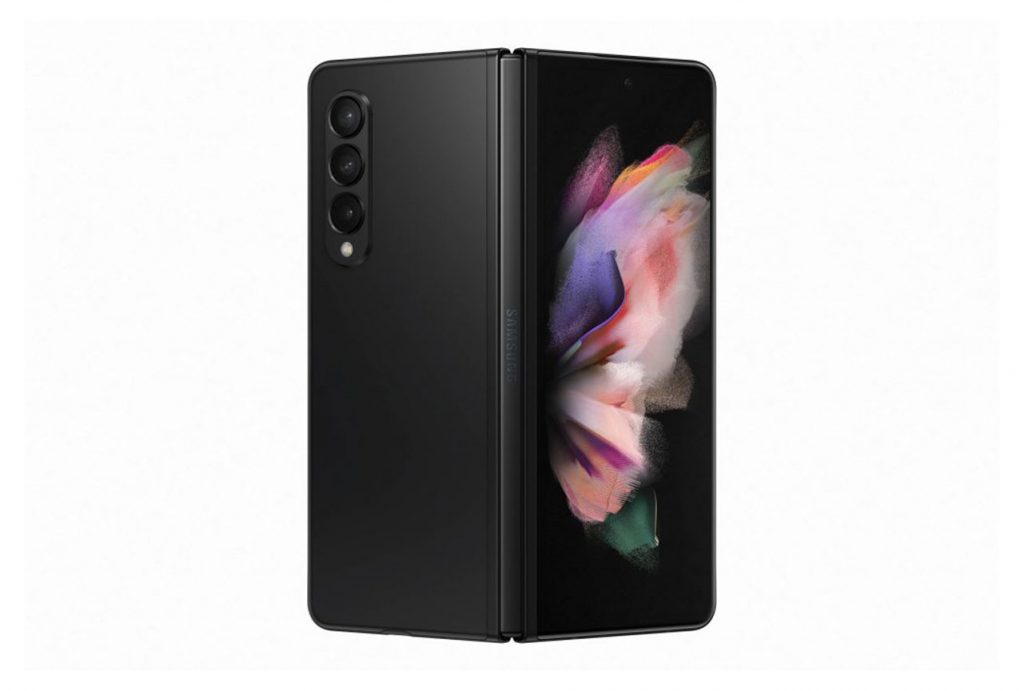

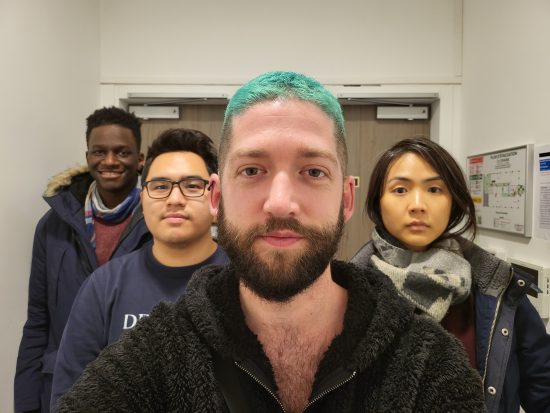
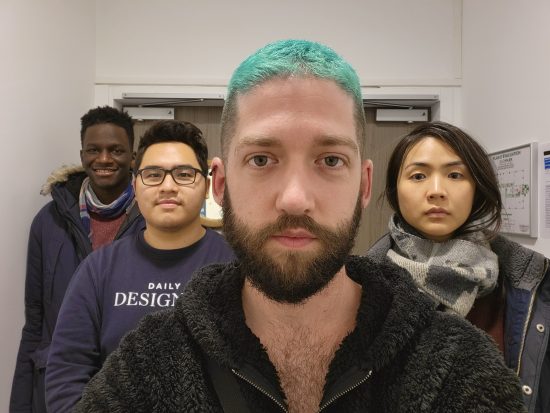
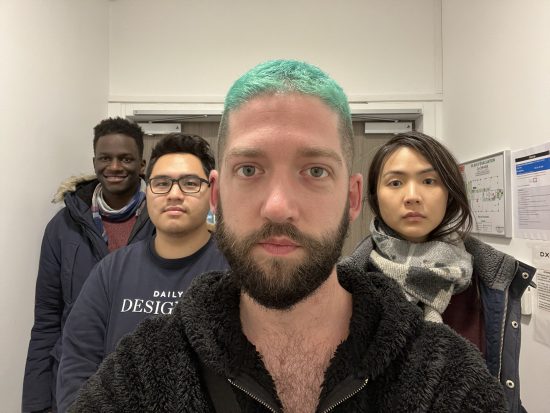

DXOMARK encourages its readers to share comments on the articles. To read or post comments, Disqus cookies are required. Change your Cookies Preferences and read more about our Comment Policy.